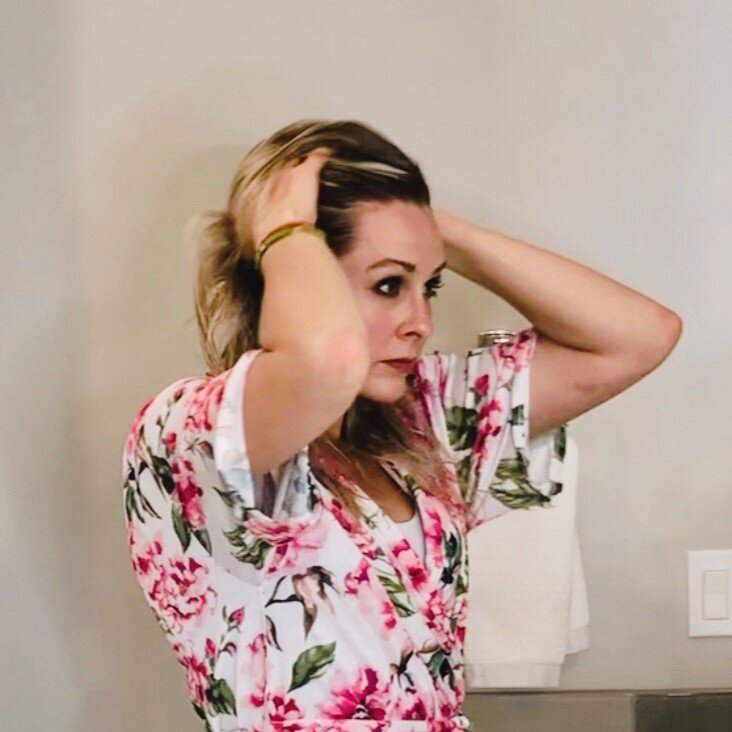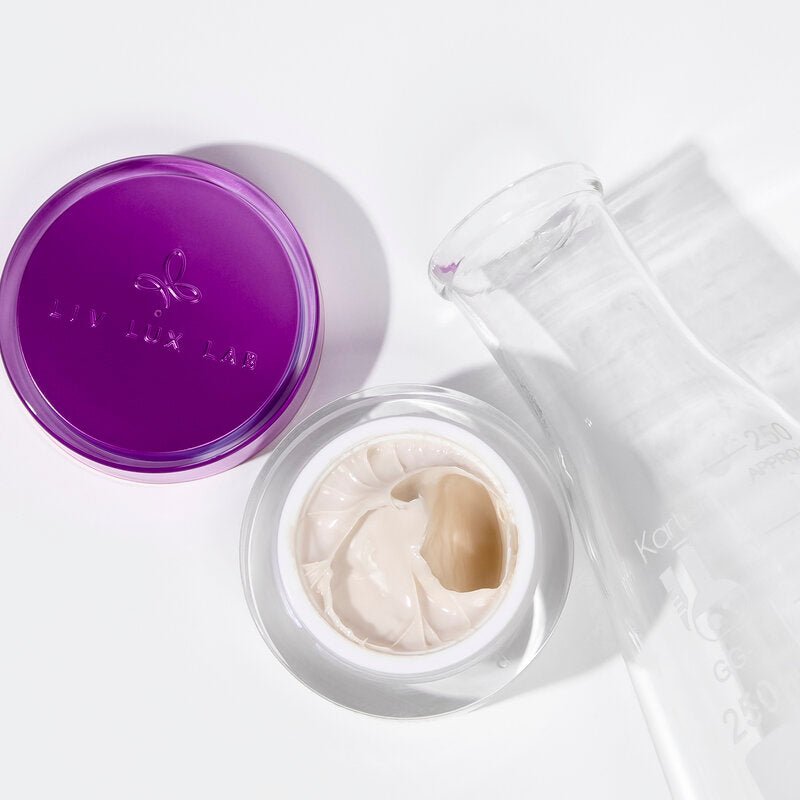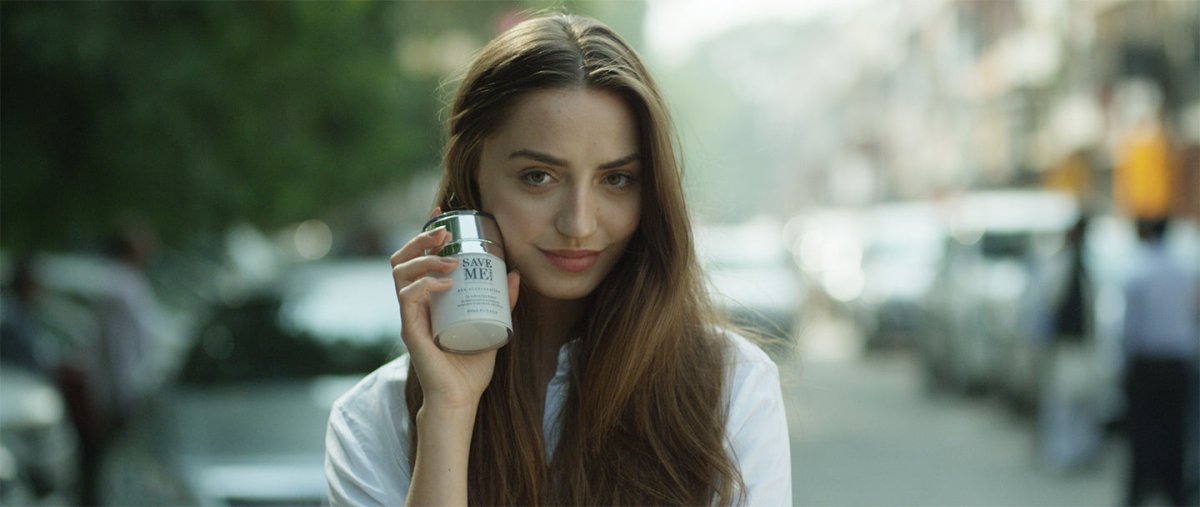Let's talk: Chemical Hair Damage (I.e. bleach damaged hair, relaxant damaged hair, perm damaged hair)
Trendy hair changes constantly and keeping up with them means dyes, blowouts, perms, and relaxing your hair. It also means hair damage due to hair color, bleach damaged hair, hair damaged from relaxants, and any other type of chemical hair treatment. When you use chemicals on your hair there are specific ways in which your hair is damaged. Particularly if you are the type who feels like your hair changes your mood regularly, or you are always wanting an upgrade. All of these mean a lot of chemical damage to hair! Here are some chemical trends that damage your hair:
Bleached Hair Damage
If hair damage had a richter scale, bleaching would be a 9 out of 10! Your hair is made up of a cortex, cell membrane complex, and the cuticle of the hair. When you bleach your hair, you lift the cuticle to expose the cortex and oxidate the melanin to make it lighter. Because it also exposes the cell membrane complex, the hair also loses its moisture and hydration. Even when you color your hair darker, the surface has to be broken to infuse the proteins and color in order for your hair to absorb the new color. Yes, your boxed hair color contains conditioner to help restore the cuticle after the color, but the effects are often too strong and long lasting to really help. Therefore, if you are an avid color indulger, you will need to use additional, and likely multiple, products to lay the cuticle down and repair the inside of the hair (the broken bonds) and the outside of the hair (the cuticle).
Relaxing and Perming Hair Damage
Even higher on a hair richter scale would be relaxing and permed hair. Taking curly hair and using chemicals to “relax” it to a straight look, or taking straight or wavy hair and curling it involves a lot of chemical "work". Hair relaxers and perming supplies can be bought at any drugstore, but plenty of women prefer to have someone do it professionally. Even when you use your favorite hairstylist, your hair's bonds have to be broken and restructured in order to achieve your new look. These bonds, called disulphide bonds, are a huge part of your hair's structure and health. When they are broken they are virtually impossible to restructure and reconnect.
How Do I Know If My Hair Is Damaged from Bleach, Color, or other Chemicals?
Damaged hair can feel differently depending on your type of hair, but the damage itself is dependent on the source of the damage. When you bleach or color your hair, the damage is primarily on the surface of the hair shaft. When you relax or perm your hair, the damage is worst on the inside of the hair shaft in the cortex with the broken disulphide bonds.
Bleach damaged hair often feels stiff, straw-like, and breaks easily. You will likely see many "layers" in your hair where the strands are breaking off at the weakest parts. It will not be as bouncy, either.
Color damaged hair is often frizzy and dull. This may be due to the porosity of the hair cuticle and the damage done in the cell membrane complex where your hair maintains moisture. When the cuticle is damaged, then sometimes TOO MUCH moisture causes the hair to swell, making it frizzy, and for the color to wash out too easily, making it dull.
Damage due to relaxing or perming also leads to a lot of breakage and frizziness if you're not carefully maintaining it. The cuticles are weakened, making it more likely to endure further damage. Many people will then get keratin treatments or use other bond building products, but often have to use many products to obtain the "look" they want of shiny, bouncy, frizz-free hair. (In other words, healthy "looking" hair.)
How Can You Reduce the Risk of Damaging Your Hair?
Damaged hair often brings on more damage. If you do decide to color or otherwise change your hair using chemicals, consider the damage that is done and avoid further damage.
If you like to bleach your hair, make sure not to further damage your cuticle with hot tools, or by applying more chemicals.
- Use color safe shampoos without harsh sulfates, and rinse your hair with cool water (warm and hot water lift the cuticle even further!)
- Air dry your hair as much as you can (ideally at least until it's 75% dry), save the blow dryer for the last 25% that needs to dry
- Have a professional do any touch ups and wait as long as you can
- Protect your hair from the sun
- Do not wet brush your hair, use a wide toothed comb instead
If you prefer to relax or perm your hair, you will need to search high and low for a cocktail of products to rebuild and maintain your bonds, re-infuse hydration, and lay down the cuticle (or replace it with artificial cuticles) in order to nurse it back to a healthy state.



